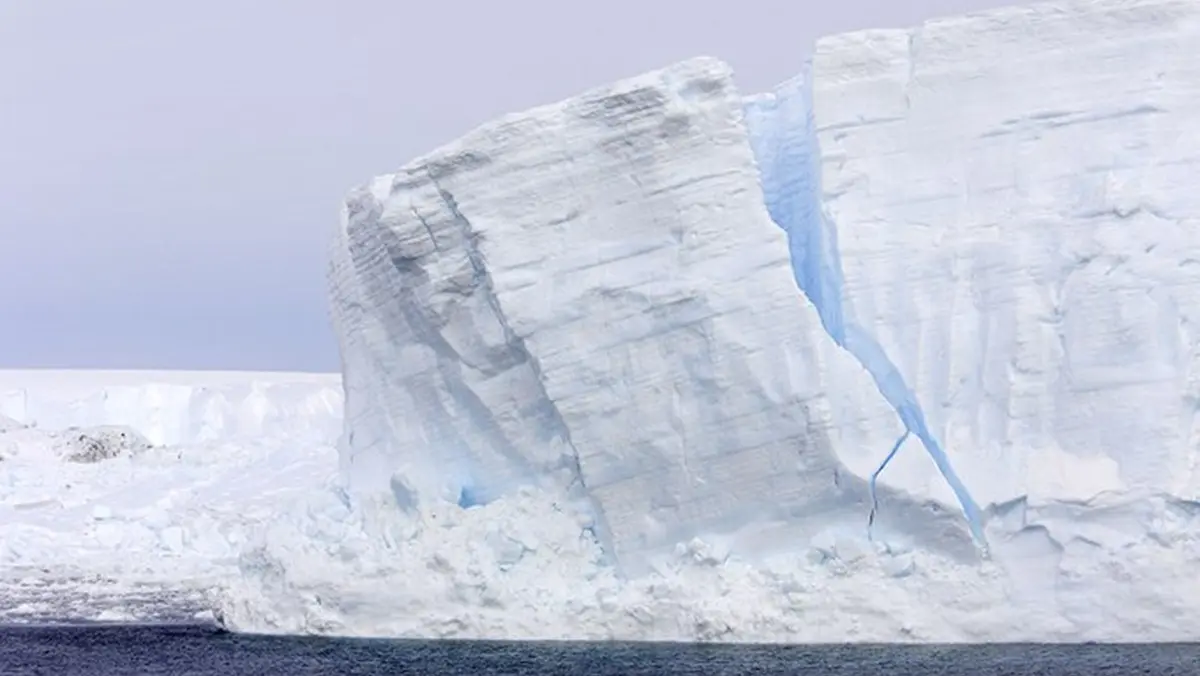The unprecedented retreat could reshape predictions for global sea-level rise.
On Monday, Nature Geoscience published a study showing that nearly half of the Hektoria Glacier, in eastern Antarctica, collapsed in just two months, losing 8.2 kilometers of ice.
RELATED:
Glacier Collapse Buries Swiss Village That Voted Against Climate Change Policies
This figure is unprecedented since the Ice Age and shows a disintegration process that occurred at a speed 10 times faster than the average previously documented for a land glacier.
The research team from the University of Colorado made the discovery almost by chance while studying the area surrounding Hektoria using satellite and remote-sensing data.
The scientists wanted to understand why the sea ice had separated from the glacier a decade after the collapse of an ice shelf in 2002.
Between February 2002 and August 2023, as they analyzed the glacier’s data, they realized that Hektoria’s surface area—once about 115 square kilometers—had been reduced by half in just two months.
“When we flew over Hektoria in early 2024, I couldn’t believe the immensity of the area that had collapsed. Even though I had already seen the satellite images, seeing it in person was shocking,” said researcher Naomi Ochwat of the Cooperative Institute for Research in Environmental Sciences (CIRES) at the University of Colorado.
The researchers then focused on understanding why the glacier had collapsed so quickly. To do so, they used satellite data to study the glacier at different time intervals and build a detailed image of its topography and retreat.
Many of Antarctica’s glaciers are tidewater glaciers, which rest on the seabed and end in a tongue of ice that extends into the ocean, later breaking off into icebergs.
The topography beneath these glaciers is usually varied. They may sit atop deep canyons, underwater mountains, or broad flat plains. In Hektoria’s case, the glacier rested on an ice plain—a flat bedrock area below sea level.
Researchers had already discovered that between 15,000 and 19,000 years ago, Antarctic glaciers with ice plains retreated hundreds of meters per day, a finding that helped the team better understand Hektoria’s rapid retreat.
Several earthquakes that occurred beneath Hektoria’s ice plain caused a large section of the glacier to suddenly float, which led the ice to detach rapidly.
Once it floated, it became exposed to ocean forces that opened cracks from the bottom of the glacier, which then merged with cracks on the surface, causing half of the glacier’s area to detach and break apart.
“Hektoria’s retreat is shocking. This kind of ultra-rapid collapse could really change predictions for other, larger Antarctic glaciers. If collapses of this scale were to occur elsewhere, they could greatly accelerate global sea-level rise,” Ochwat added.


